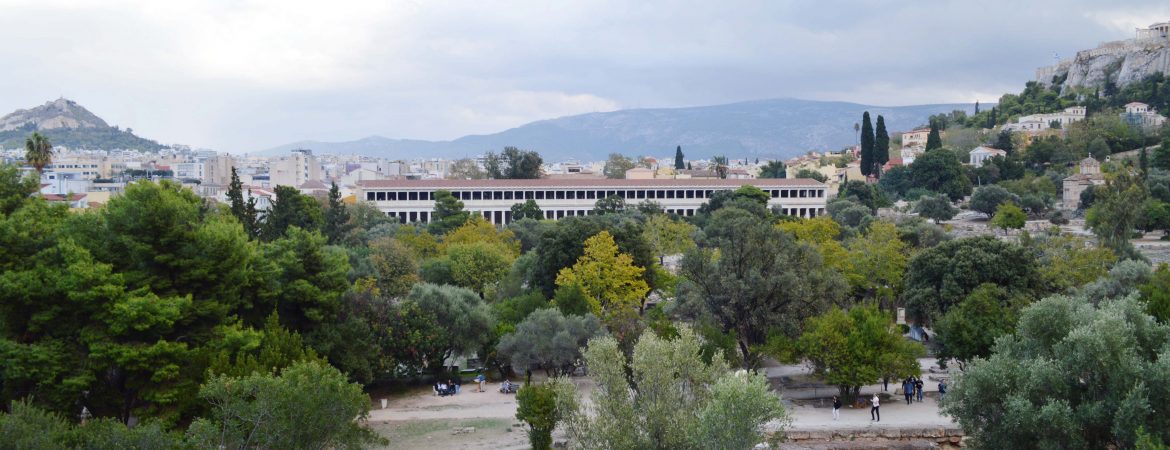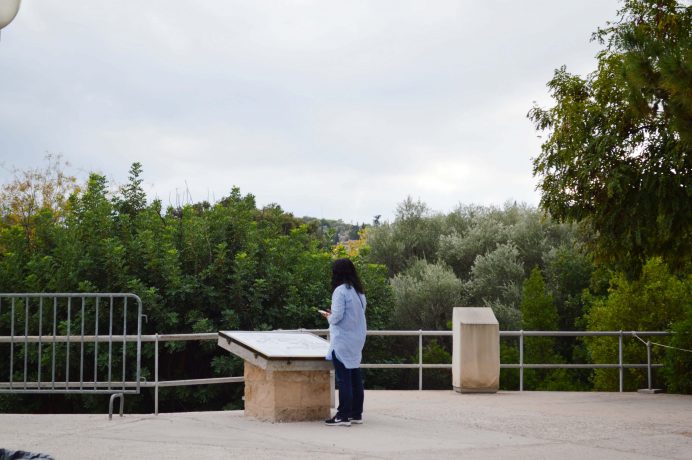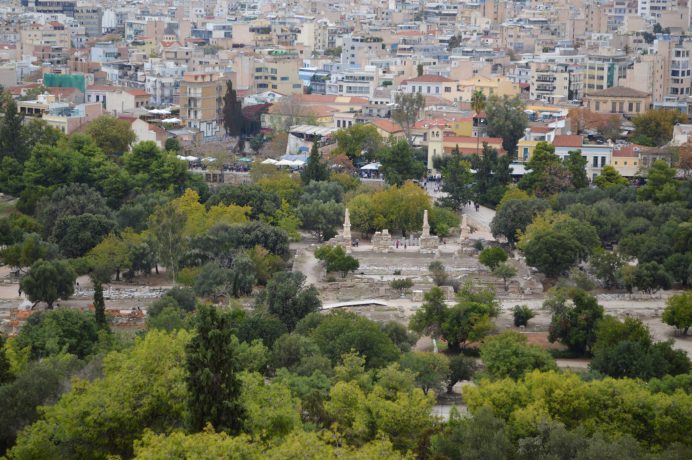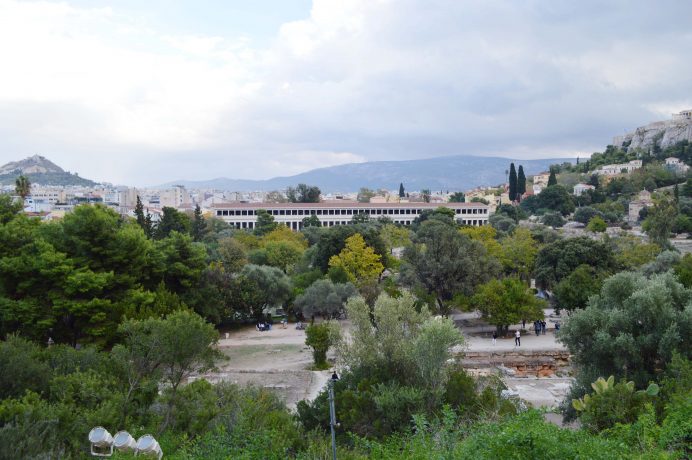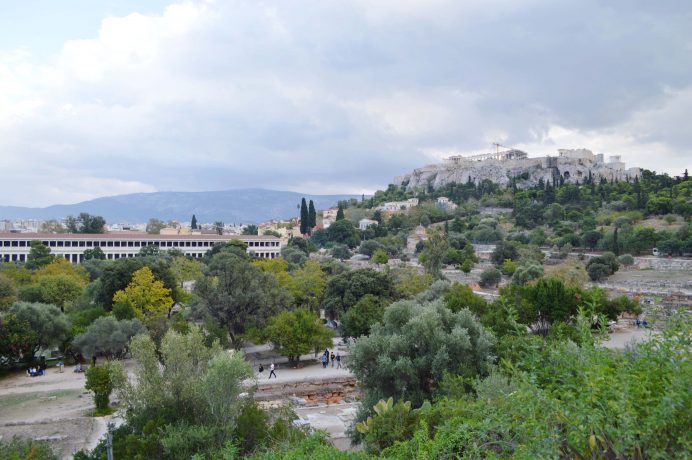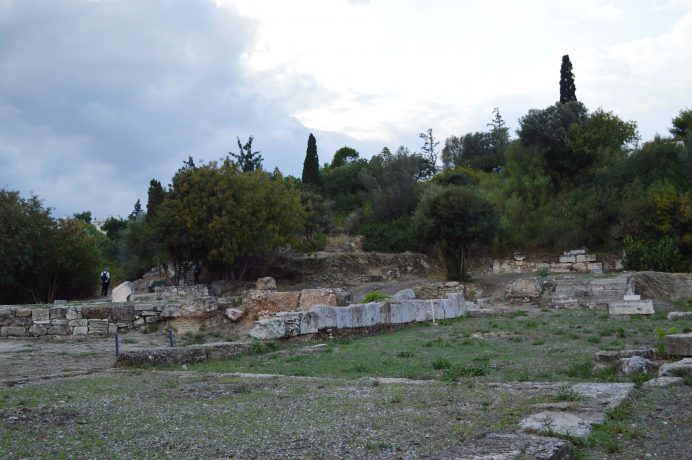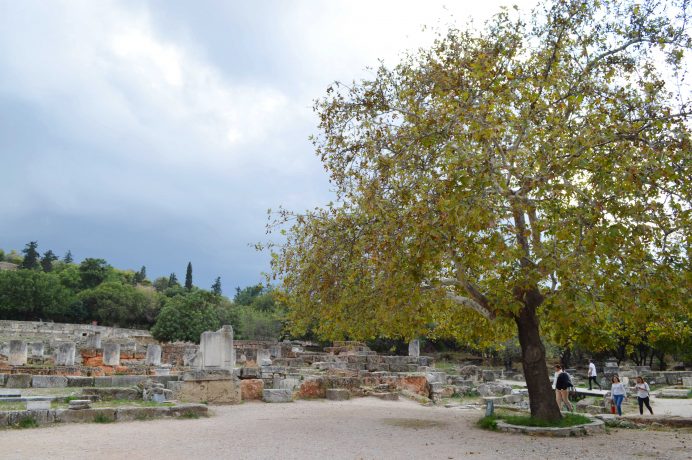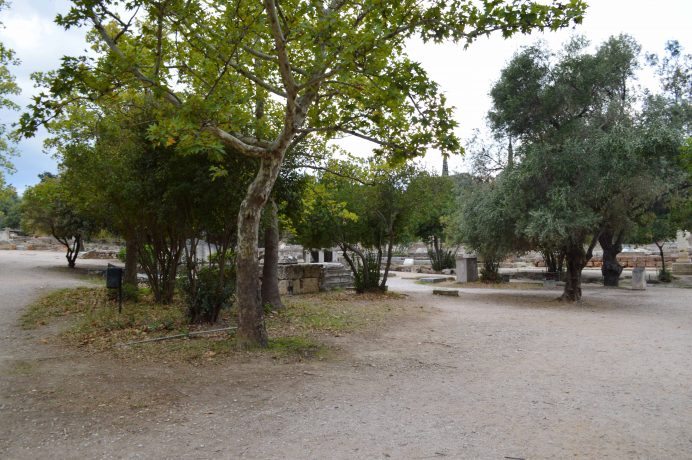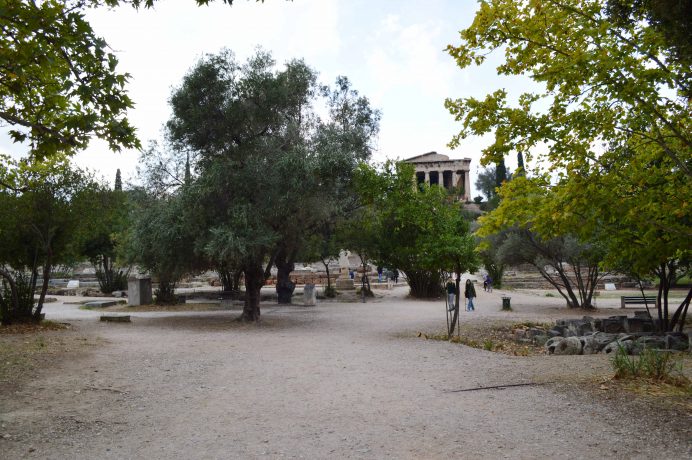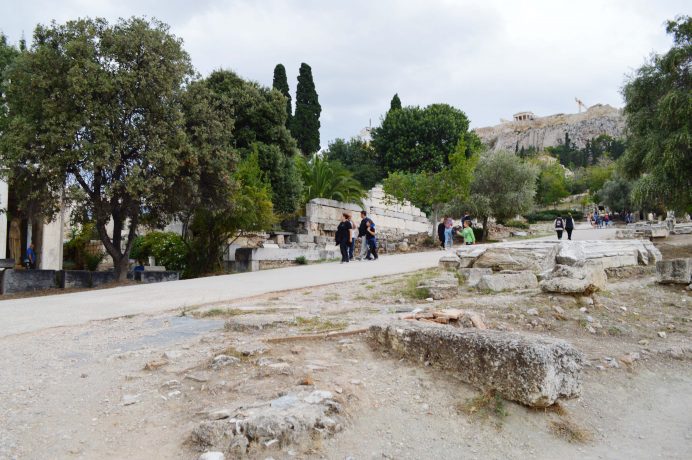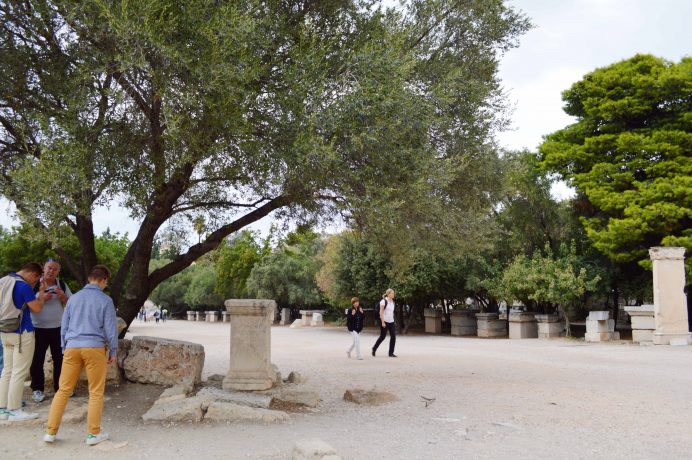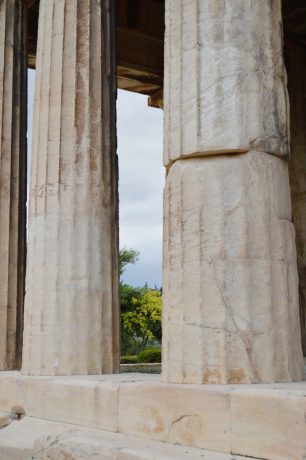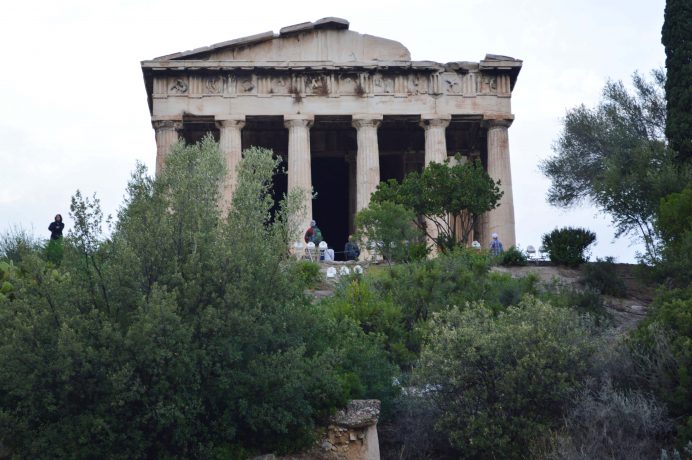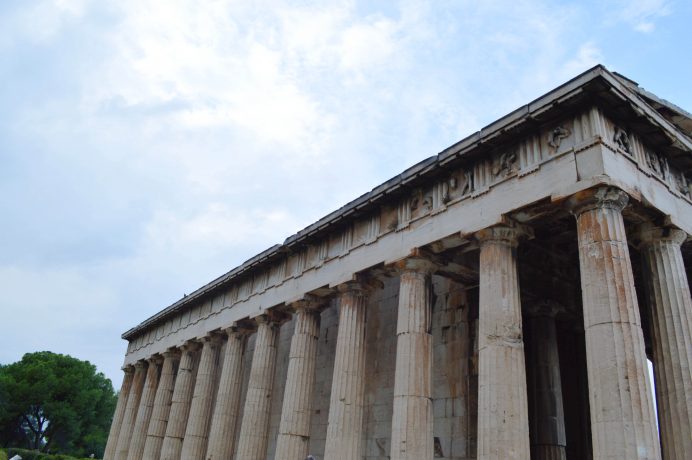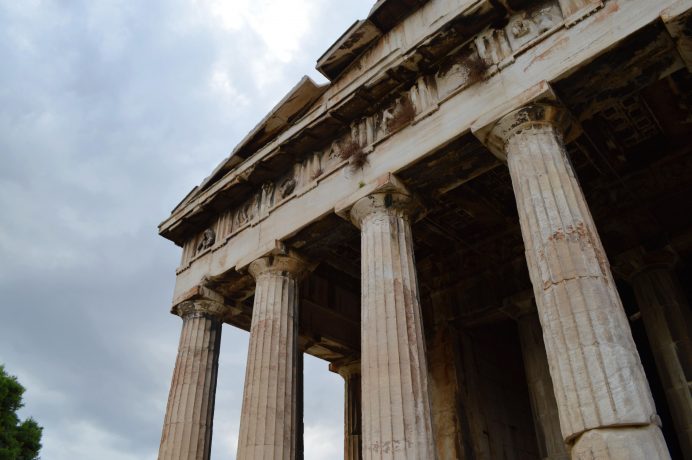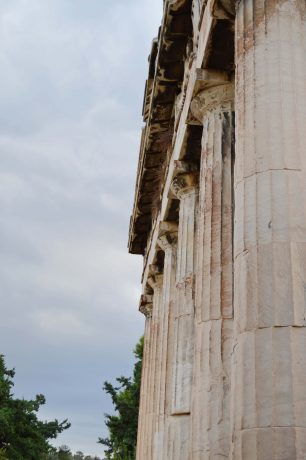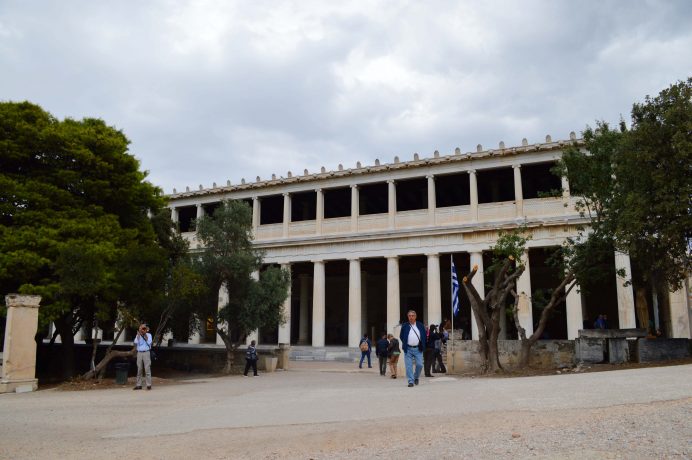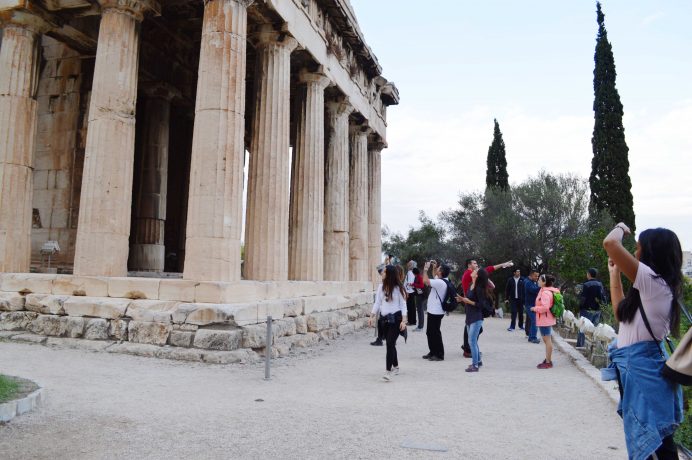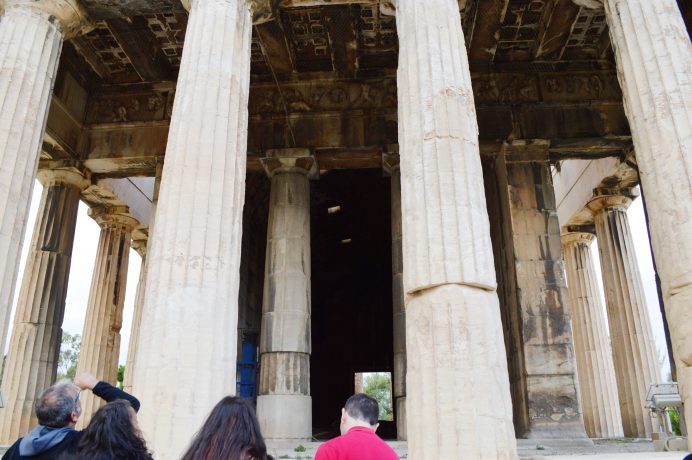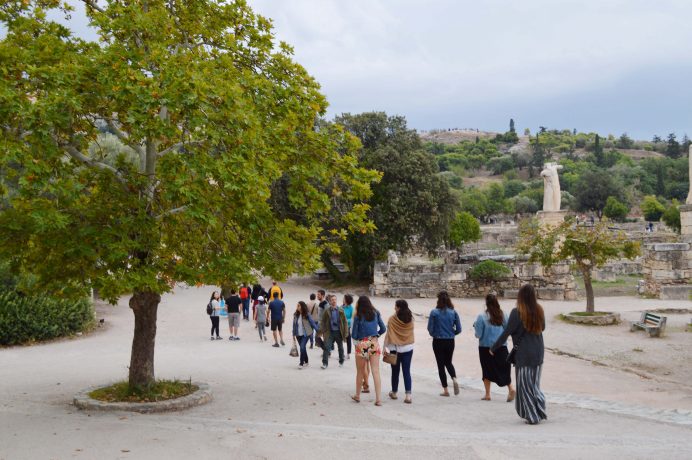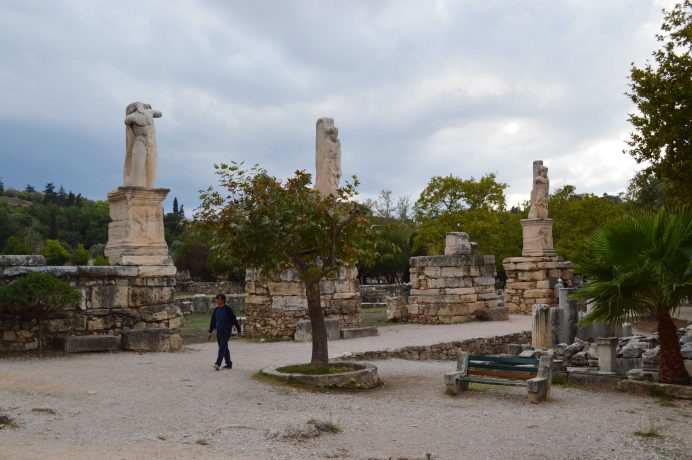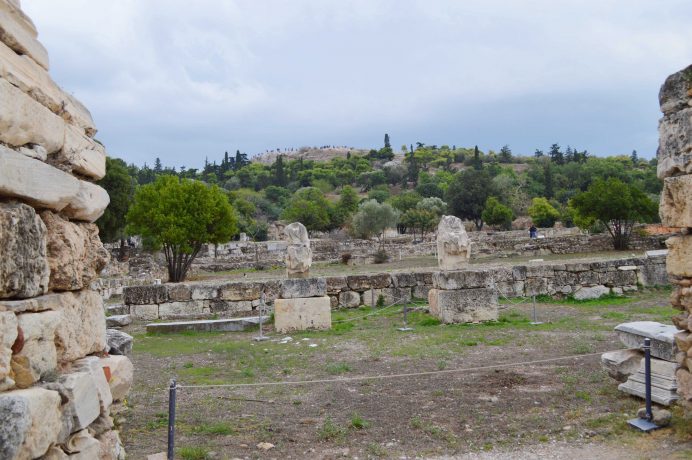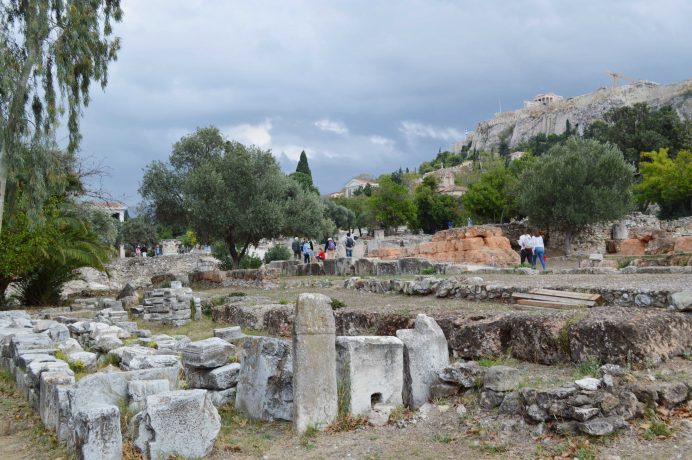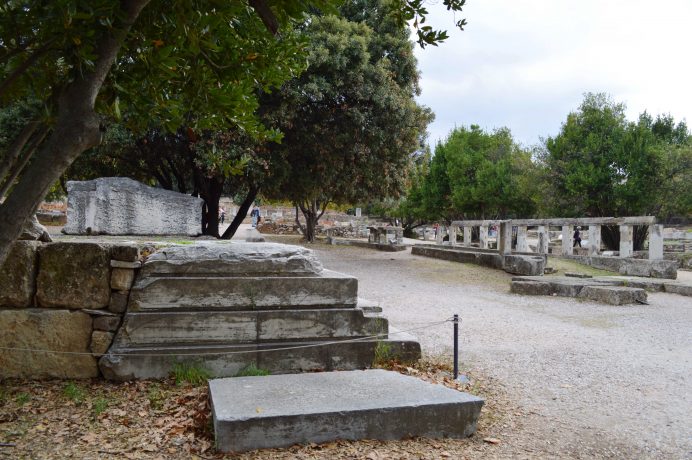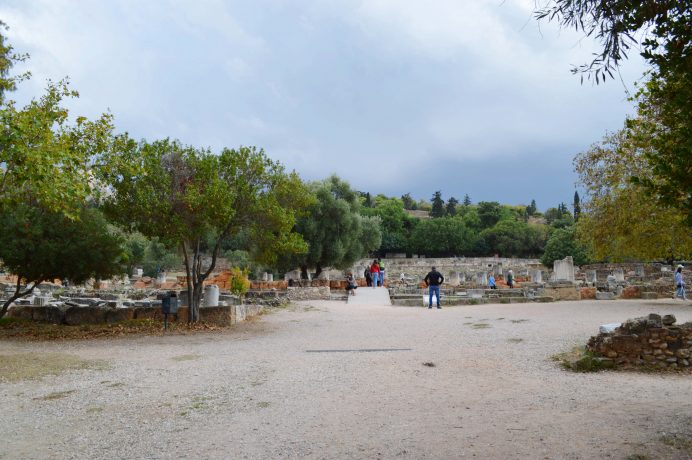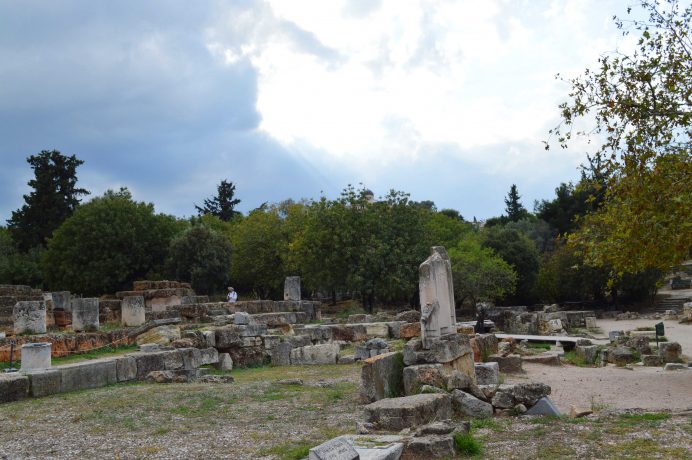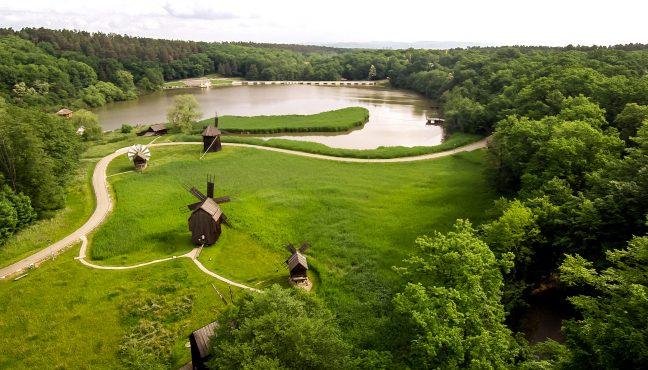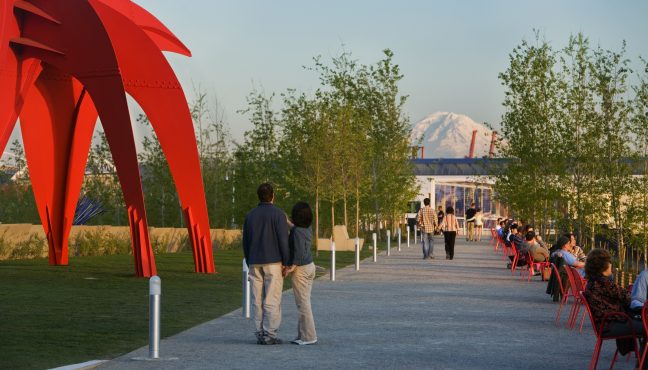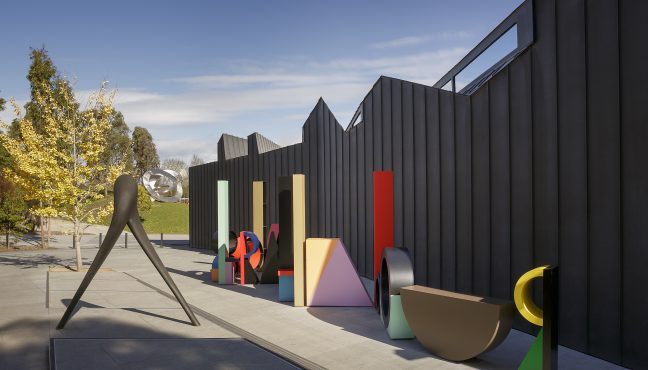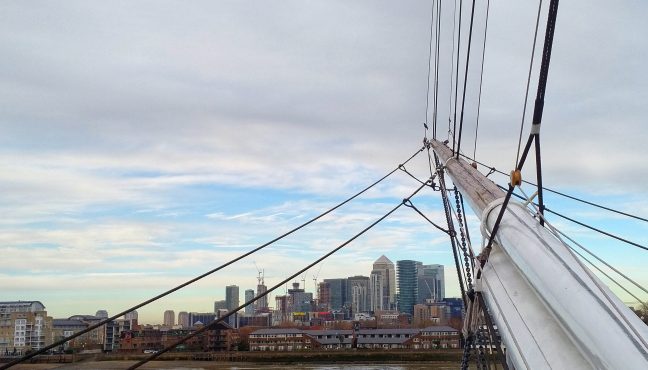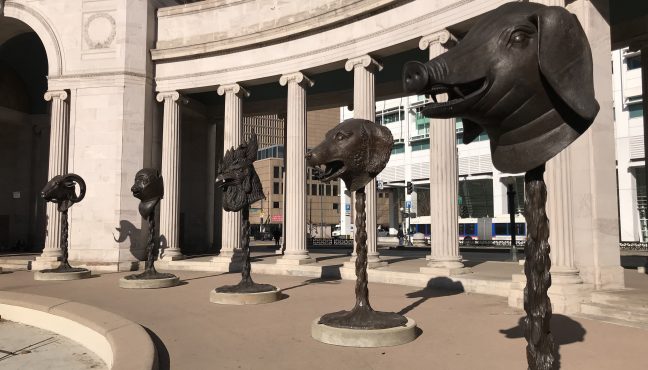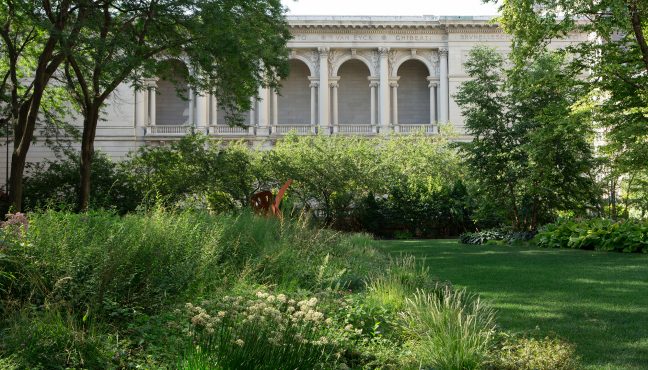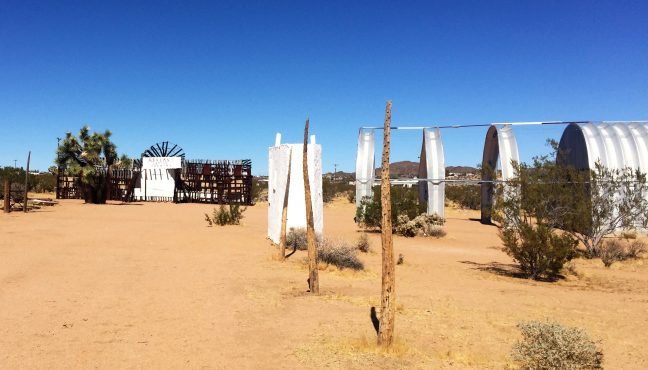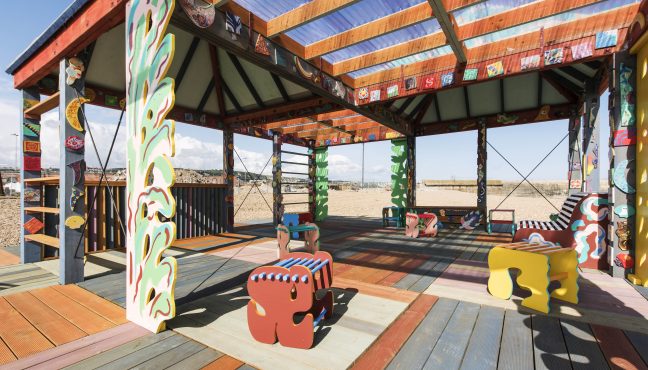Underneath the northern side of the Acropolis lies the Ancient Agora of Athens. It is the best example of an ancient Greek market and is within walking distance to many other monuments like the Roman Agora and Hadrian’s library. Being the heart of Ancient Greece, the Agora was an open public space were economy, politics, philosophy, religious and social activities took place. Also, a road passed through through the Agora that lead to Acropolis and was used during the celebration of the Panathenaic Games.


In 3500 B.C., the space was a housing and burial site; in the 6th century B.C., it was transformed into a public space until its final transformation in the 2nd century A.D. The Ancient Agora of Athens was destroyed in many occasions by the Persians, the Romans and the Slavs. In the 10th century A.D., the Church of Holy Apostles was built there, but the Agora was abandoned in 1204 after an attack. In the period of the Greek Revolution of 1821, the space and its surroundings were destroyed completely and the Ancient Agora was literary buried underneath Athens. However, since 1931 the ancient Athenian Agora has being excavated by the American School of Classical Studies at Athens. In order to fully uncover the site, the nearby neighborhoods were demolished. During the 1950s, the Hellenistic Stoa of Attalos was reconstructed. Today, this archaeological site is under the protection of the Ministry of Culture while it is excavated.
The Agora features a significant amount of buildings and structures for many eras. Among these monuments was the Temple of Hephaestus, a Doric peripteral temple (it looks like the Parthenon) made of Pentelic and Parian marble. In later years, it was turned into a Christian church dedicated to Saint George. It should be noted that during the celebration of the arrival of King Otto in the city in 1833, he was officially welcomed there.
The Odeon of Agrippa was a large concert hall located in the center. Built during the reign of the Emperor Augustus around 15 B.C., this building was a gift to the Athenians from Marcus Vipsanius Agrippa, son-in-low and lieutenant of the emperor.
The Stoa of Attalos was a portico built by King Attalos II of Pergamon as a gift for the education he received there. Though it was destroyed in 267 A.D., the building was reconstructed with funding donated by the Rockefeller family. Today, the building houses the Museum of Ancient Agora with exhibits about Athenian democracy — since the Agora was a public place of political value — everyday objects like coins, sculptures and pottery from the Byzantine period and the Turkish conquest.
Other monuments were the Stoa of Zeus, the Temple of Apollo Patroos, the Agoraios Kolonos (“the hill next to the Agora”), the Strategeion (where the ten generals including Pericles, Themistocles and Aristides, discussed political matters), the temple of Ares, the Altar of Zeus Agoraios, a Synagogue from the 3rd century, the Bema a platform for speakers and the Altar of the Twelve Gods.
[/columns]

Nowadays, the Ancient Agora is open for visit for the public. You can walk around and discover the life of the ancient Athenians or get away from the busy center of Athens and relax in one of the many benches that can be found. A morning stroll around the olive trees and the daphnes is essential. This archaeological site is always inviting us to enjoy it under the warm Greek sun.
